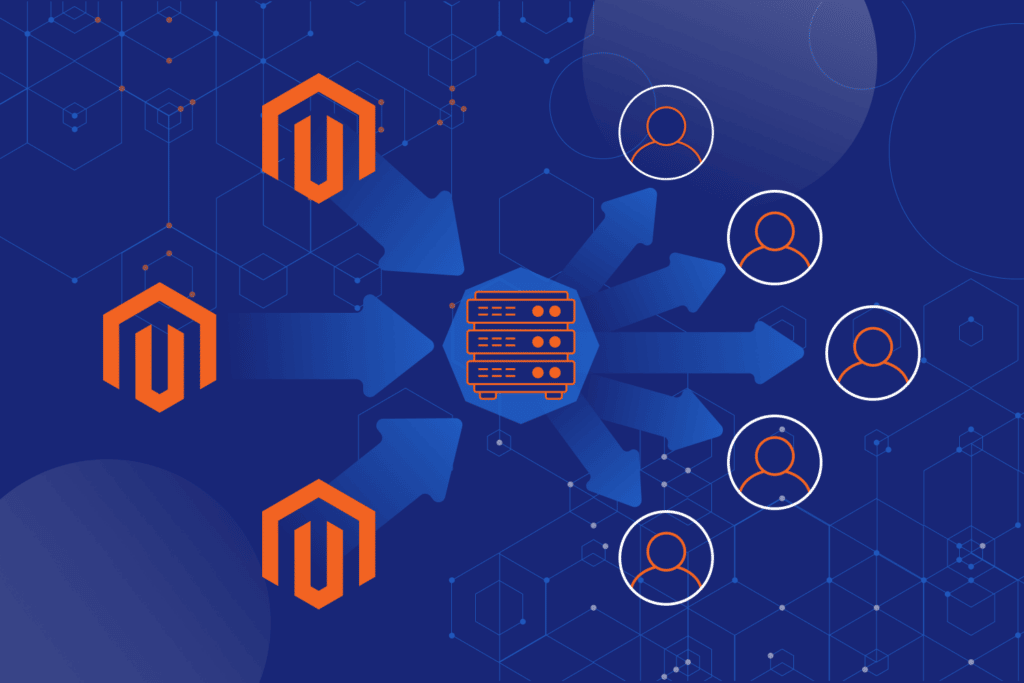
Logicata AI Bot
November 24, 2025
The Logicata AI Bot automatically transcribes our weekly LogiCast AWS News Podcasts and summarises them into informative blog posts using AWS Elemental MediaConvert, Amazon Transcribe and Amazon Bedrock, co-ordinated by AWS Step Functions.
In this special edition of LogiCast, we’re joined by Brian Beach, Tech Lead for the Developer Experience team at AWS, to discuss the recent general availability (GA) launch of Kiro, AWS’s latest AI coding assistant. Host Karl Robinson and co-host Jon Goodall dive deep into the new features and capabilities of Kiro, exploring how it’s changing the landscape of software development.
The Evolution of AI Coding Assistants
Brian begins by reflecting on the rapid evolution of AI coding tools over the past few years. He notes, “We’ve moved from just autocomplete to this sort of chat world… and now with Kiro, we’ve moved into this fully agentic space where we’re really allowing the tool to do the vast majority of the work.”
This progression has been remarkable, transitioning from simple line predictions to tools that can generate entire codebases and even run additional processes like linting and documentation updates. Brian emphasizes how the quality and capability of these tools have improved dramatically in a short span of time.
Kiro: What’s New in GA?
The general availability launch of Kiro brings several exciting features:
1. Enterprise Offering: Kiro now includes features designed for large-scale deployment, such as single sign-on, logging, monitoring, and governance controls.
2. Multi-Region Availability: The service is now available across multiple AWS regions.
3. CLI Integration: In addition to IDE integration, Kiro now offers a command-line interface (CLI) for developers who prefer terminal-based workflows.
4. Spec-Driven Development: This new approach allows developers to create detailed specifications before coding, potentially reducing technical debt and improving overall code quality.
5. Property-Based Testing: An advanced testing method that generates a wide range of test cases to ensure code robustness.
Spec-Driven Development: A New Paradigm
Brian explains the concept of spec-driven development, which he believes is a game-changer in how developers approach coding tasks. “We start with a simple prompt in one or two sentences, and rather than just start blindly writing code, we’ll begin with the requirements doc,” he says.
This process involves several stages:
1. Requirements Documentation: The AI expands the initial prompt into a detailed requirements document.
2. Technical Design: Based on the requirements, Kiro creates a technical design for review.
3. Task List: The AI breaks down the project into a series of implementable tasks.
4. Code Generation: Only after these steps does the actual coding begin.
Brian argues that this approach can significantly reduce technical debt and improve code quality by ensuring a clear understanding of the project before any code is written.
Property-Based Testing: Enhancing Code Reliability
Another key feature introduced with Kiro’s GA is property-based testing. Brian describes it as “a lot more automated and does a much broader set of tests” compared to traditional unit testing. This method generates a wide range of test cases based on defined properties or rules of the code, potentially uncovering edge cases that might be missed in manual testing.
The goal, according to Brian, is to “build confidence that the specification actually represents what was implemented.” This is particularly crucial as AI-generated code becomes more prevalent and the volume of code produced increases dramatically.
Kiro vs. Other AWS Developer Tools
During the discussion, Jon raises a question about the relationship between Kiro and other AWS developer tools like Q Developer. Brian clarifies that while there is some overlap, Kiro is set to become the primary brand for AWS’s AI-powered developer tools moving forward.
He explains, “If you look forward, Kiro is gonna be the brand that we’re we want to use for the developer tools going forward.” However, he assures that existing tools and plugins will continue to be supported for developers who prefer their current setups.
Reinvent 2023: What to Expect for Developers
As the conversation wraps up, Brian provides insights into what developers can expect at the upcoming AWS Reinvent 2023 conference:
– About 75 sessions across the developer tools track
– The “House of Kiro” experience at the Venetian
– Kiosks in the AWS Village for Kiro and developer tools
– A Builder’s Loft at Mandalay Bay with daily Kiro sessions
– A Labyrinth Coding Challenge using Kiro
– The Kiroin Hackathon with significant prizes
Brian encourages attendees to participate in these events and mentions the opportunity to win exclusive Kiro-themed swag.
Conclusion
The general availability of Kiro marks a significant milestone in AWS’s AI-powered developer tools. With features like spec-driven development and property-based testing, Kiro aims to revolutionize how developers approach coding tasks, potentially leading to higher quality code and more efficient development processes.
As the field of AI-assisted coding continues to evolve rapidly, tools like Kiro are set to play an increasingly important role in the software development lifecycle. Developers and organizations alike will need to stay informed about these advancements to remain competitive in the fast-paced world of technology.
This is an AI generated piece of content, based on the Logicast Podcast Season 4 Episode 44.





